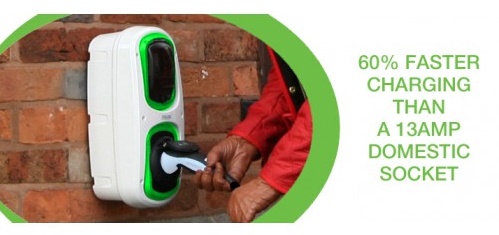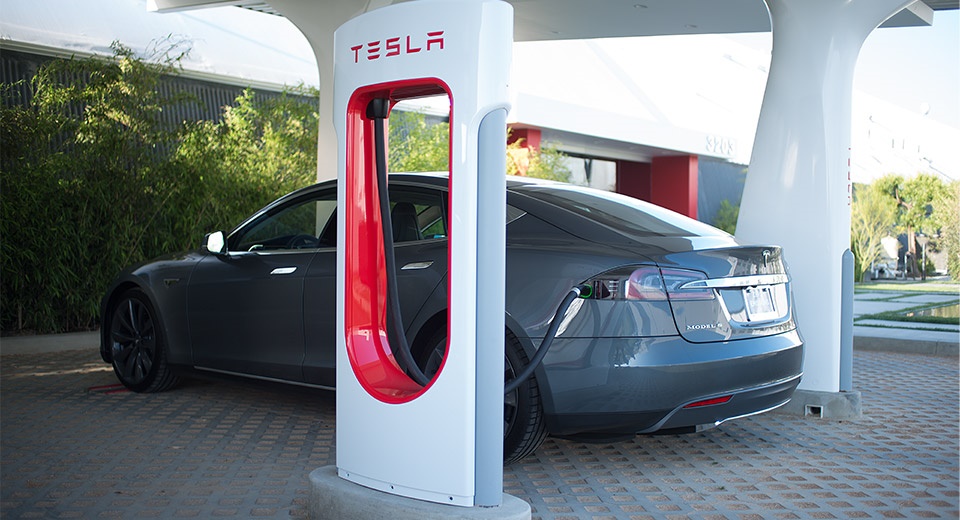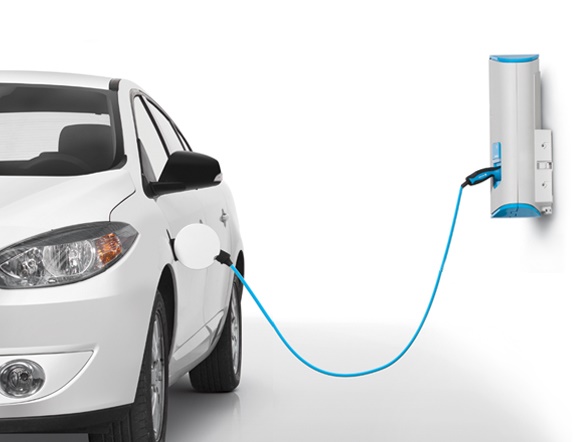Charging- How To Charge Your Plug-in Hybrid & Electric Car?
How To Charge A Hybrid And Electric Car
Hybrid and Electric Cars
Hybrid vehicles operate both on electric and petrol/diesel powered engines. The installed computer automatically converts the engine from petrol/diesel to electric which depends on the conditions when driving. In ordinary electric hybrids, you need not and should never plug in the car to charge the battery.
Plug-in hybrids use the same technology as the conventional hybrid cars but you can plug the battery to charge it from a charging outlet. Ordinarily, they can run longer while using electricity only and they are more efficient in fuel consumption And lus have lower CO2 emissions and lower road tax compared to the standard hybrids.
On the other hand, electric cars depend only on electricity to run their engines and you will never at any time need to buy petrol or diesel. You plug a standard 240 volt outlet that is on a dedicated 16-32 amp circuit to charge the battery via a charging lead. Electric cars cover a longer distance as they have larger batteries, however some need to be recharged more often than others and this depends on the range (distance per charge). Plug-in hybrids will travel shorter distances on electricity as they tend to have smaller abtteries and require less charging compared to pure electric cars.
You will be surprised that charging your hybrid or electric car is just as easy as charging your phone! A good number of charging stations have been established as the demand for charging increases. It is also likely that you may want to charge your electric or hybrid car back at home and yes, you can install a dedicated charge point in your home. All in all there are several different types of charging solutions to choose from, the government recommended installers can help you choose the right solution for you.
Some tips you need to know about charging your car include the following.
How frequent should I charge my electric and plug-in hybrid car?
Well, the charging entirely depends on how far you intend to drive daily. For frequent commuting purposes, you will need to charge the car daily. You are always recommended to charge the car overnight to provide adequate time to recharge and also night time is normally off-peak hours when the kilowatts are cheap for you. At present the plug-in hybrid vehicles are not good for long distance travelling on pure electric, so you need to be using the internal combustion engine for most of your driving time. Your charging times will also depend on the current state of your battery and also your car’s electric range.
Charging at home
You can choose a range of two options when you want to charge from home. You can opt to use a standard 3-pin plug socket directly from the usual mains socket most electric cars (EV) will come with these as standard. A competent electrician has to be consulted to come and check your electric wiring before installing a home charging point, however you can have the government subsidise up to 75% towards this installation. Most hybrid or electric car comes with a charging cable purposely for connection to the plug socket, anything from 4 to 10 hours is what is needed to charge the battery from empty to full depending on the power of the charger and the size of the battery that is measured in KWH.
Video of how to charge a BMW I3
Dedicated charging point

Alternatively, you can have the dedicated charging point at your home installed by various companies which is affordable, courtesy of the grants offered by the governments. Using a dedicated charging point is faster as a 32 amp supply can charge the battery to full for most electric cars in 4-6 hours. Therefore using the dedicated charging point is faster, more efficient and you can use a smartphone application to monitor the charging of your EV.
Public charging stations
It is possible to have your electric or plug-in hybrid car charged to full when you are outside your home by using a vast network of public charging stations that exists in their thousands. Cities and service stations are now installing charging stations for electric cars. The stations deliver 480 volts and in some areas, the stations are free to be used by anyone. Use our charging map to find the nearest charging points for your journey.
Alternating current Charging
Most charging stations use alternating current (AC) for charging through an untied charging point that is usually of type 2. For you to access the charge, you need to have your own type 2 to type 1 charging lead which can be bought from any authorised dealer. In between 3-6 hours, you battery will be full. It is important to note that many electric or hybrid cars charge at a maximum of 16A but higher level charging points can also be used but will not necessarily offer shorter charging periods!
Direct current Charging

When it comes to charging with direct current (DC), most electric and plug-in hybrid cars come with a DC rapid charging socket and can be used in most public charging stations. The charging stations will have charging lead thus you will not be required to have your own lead to use them. This method is a bit faster as within a record time of 30 minutes, your battery can be 80% full! The tesla supercharging network is an example of a DC fast charging network. The ability for an EV to have the DC charging capabilities is usually an optional extra.
Wireless charging
Qualcomm, the California-based global mobile and wireless technology leader has taken a huge step forward in the UK towards the development of wireless charging for electric vehicles, by making a strategic investment in Chargemaster plc, the country’s largest manufacturer and operator of electric vehicle charging points.
Wireless charging is what is says, wireless. All you need to do is drive over the charging point and the vehicle will start to charge. This technology is relatively new, and used conduction to create a flow of electrons. Vehicles will need to be fitted with a special receiver to be able to charge wireless, however in time this will be standard for all electric and plug-in hybrid cars. The 2016 season of the all-electric Formula E season, will feature this technology, and help in its development.
Watch this video of the wireless charging technology in use.
Charging safely
Precautions should be observed when using the charging unit to avoid any breakdown. Charging your plug-in hybrid or electric car in the rain will not damage it. The connections are fully sealed and have been tested to meet the safety required standards. However, when disconnecting and connecting your car from a power source, make sure your hands are not wet and you do not touch the metallic terminals on the charging port. Make sure the mains power outlet is covered and well away from exposed rain.
A qualified electrician should come and check your wiring at home if you opt to use a standard 3-pin plug socket. Avoid using extension cables or multi-plug adapters when you are charging the car.
Take good care of the charging cables for your safety by checking them more frequently for any wear and tear and replace them whenever necessary. Never use the cables when the wires are exposed! When charging the car, park it near the charging outlet to avoid over stretching of the cable.
Isn’t the future for cars electric cars for real? Yes, it is for now maybe until when we shall have an even better source of not only energy but a sustainable alternative source of pollution free energy. This will probably introduce a whole aspect of paradigm and further shift the dynamic of this automotive evolution. Both electric and plug-in hybrid cars are now becoming popular, as the oil prices fluctuate at a spur-of-the-moment due to limited supply. Oil producing regions are also affected by political issues thus more governments are advocating for alternative powered cars in their countries. Make your wise decision today.


